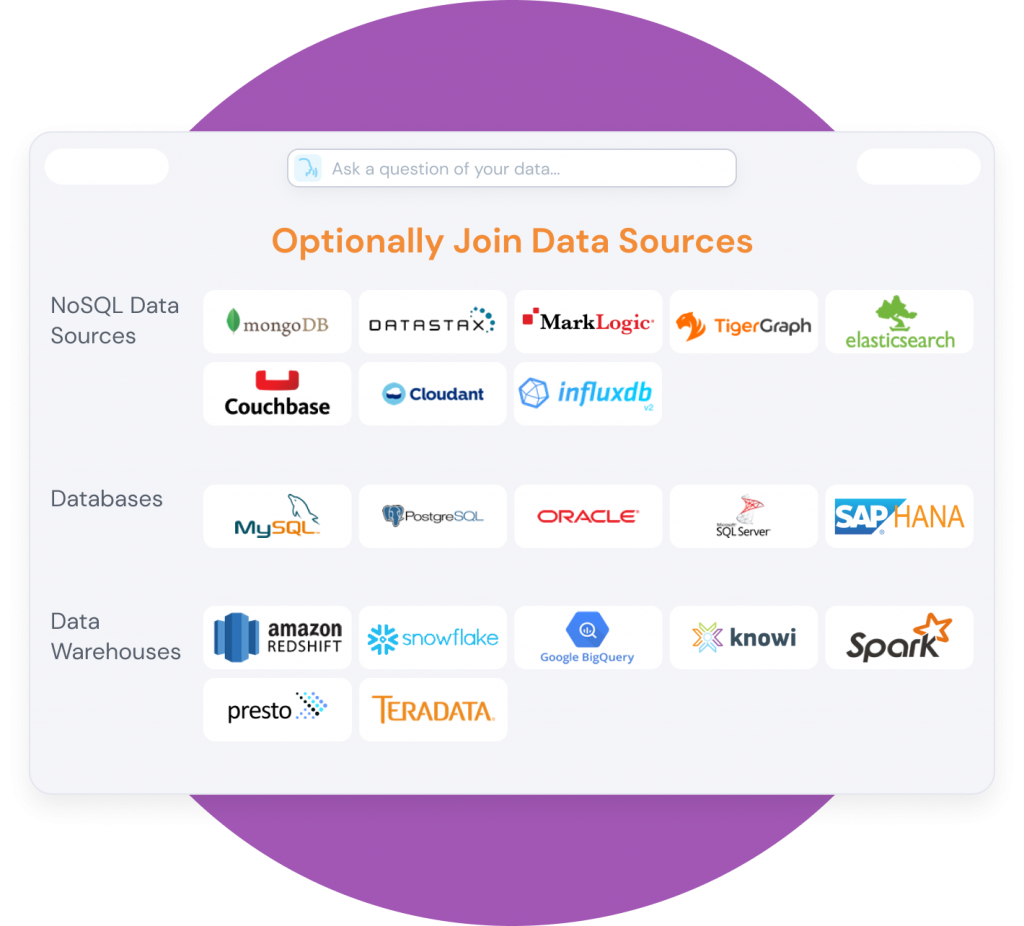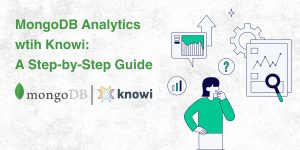This case study explores how Knowi’s advanced data analytics solutions empower conservation organizations in their mission for environmental protection and sustainable management. By integrating diverse data sources, visualizing complex environmental information, and deriving impactful insights, Knowi enables these organizations to drive effective conservation strategies and engage multiple stakeholders.
Knowi partnered with a leading conservation organization committed to the preservation of North American wildlife, aiming to enhance their conservation efforts through advanced data management techniques. With a rich history in wildlife management and environmental advocacy, the organization sought to leverage Knowi’s technology to effectively track animal populations, advocate for environmental protections, and ensure the sustainability of ecosystems.
Challenge
The organization faced the challenge of collecting, integrating, and analyzing data from diverse sources to monitor the health and population trends of multiple species across North America. The ultimate goal was not only to gather this comprehensive data but also to make it accessible and actionable for various stakeholders involved in conservation efforts, including researchers, local communities, and policymakers. This task was essential for developing effective conservation strategies, guiding policy decisions, and promoting community engagement in wildlife protection initiatives.
Data Sources that were being tracked were:
- MySQL: This was used to store and manage the organization’s core data on wildlife populations, sightings, and environmental studies.
- REST APIs: Various REST APIs were used for accessing data from external sources, including government databases, research institutions, and other conservation databases. These APIs provide additional insights on wildlife, environmental conditions, and weather statuses, essential for a comprehensive understanding of ecosystem health.
- Google Analytics: Utilized to monitor and analyze web traffic to the organization’s online platform which featured educational content, details on conservation efforts, and initiatives for public engagement, all crucial for raising awareness and support.
- MailChimp: A marketing platform employed for managing subscriber lists, distributing newsletters, and engaging with a community deeply interested in conservation topics, updates, and advocacy opportunities.
Integrating these diverse data sources to achieve a unified view was crucial. The organization needed to analyze this combined data to monitor wildlife populations effectively, inform strategic conservation planning, and engage with the public and stakeholders. Moreover, it was essential to present the analysis through intuitive dashboards that could drive actionable insights for end-users, in turn allowing for informed decision-making and a collaborative approach to conservation.
Going from Data to Actions with Knowi
Knowi supported their wildlife conservation efforts by providing data integration, visualization, and analytics capabilities.
- Data Integration and Joining: Knowi unified their data from these diverse sources—MySQL databases, REST APIs, Google Analytics, and MailChimp—into one platform. This integration allowed for a comprehensive view of all their data and enabled them to join various data sources, like wildlife populations, sightings, environmental studies, and stakeholder engagement metrics, to arrive at actionable insights.

- Dynamic Dashboards and Widgets: Knowi allowed the creation of dynamic dashboards and widgets, which facilitated the visualization of datasets joined across data sources. These tools helped in tracking population counts, species health, and habitat ranges, making it easier for researchers and decision-makers to identify trends, patterns, and anomalies in wildlife populations.
- Geospatial Analysis: Through geo widgets, Knowi provided the capabilities for detailed geographical analysis of species distribution and habitat changes. This analysis was crucial for mapping animal sightings across North America, enabling the organization to monitor habitat encroachment, migration patterns, and environmental impacts on wildlife.
- Segmentation and Cohort Analysis: Knowi allowed the organization to segment data by different regions, species, and time periods. This segmentation enabled targeted analysis of local populations and individual species, ensuring that conservation efforts could be tailored to specific ecological needs and trends.
- Population and Health Tracking: Knowi also enabled tracking not only the population numbers of various species but also health indicators, such as average sizes of animals. This information was essential for assessing the overall well-being of wildlife and identifying potential threats to their survival.
- Predictive Analysis: Knowi’s machine learning capabilities allowed for forecasting population trends and detecting unusual changes in wildlife health or numbers, providing an early warning system for conservationists.
- Data Accessibility through Embedded Analytics: Knowi facilitated the embedding of findings and data visualizations on web pages accessible to subscribers, including field biologists, government entities, and conservation enthusiasts. This feature ensured that vital data on wildlife populations was not only analyzed but also shared with key stakeholders in the platform of their choice to inform and drive conservation efforts.
Impact
Knowi adoption contributed significantly to organization’s conversations efforts by:
- Data-Informed Decision Making: The unified data view and analytics capabilities allowed for a comprehensive view of their data leading to informed decisions and more effective conservation policies and interventions.
- Enhanced Stakeholder Engagement: Access to data and visualizations enabled stakeholders, from researchers to policymakers, to gain insights into wildlife trends, promoting collaboration and support for conservation initiatives.
- Proactive Conservation Advocacy: Knowi’s machine learning capabilities allowed proactive advocacy for policy changes and habitat protection measures, contributing to the preservation of ecosystems and the prevention of species decline.
Conclusion
The use of advanced data management and visualization technology has the potential to revolutionize how organizations approach environmental conservation today. This case study is a testament to the transformative impact of technology on conservation efforts, providing valuable insights for organizations worldwide on leveraging data to protect our planet’s biodiversity.






